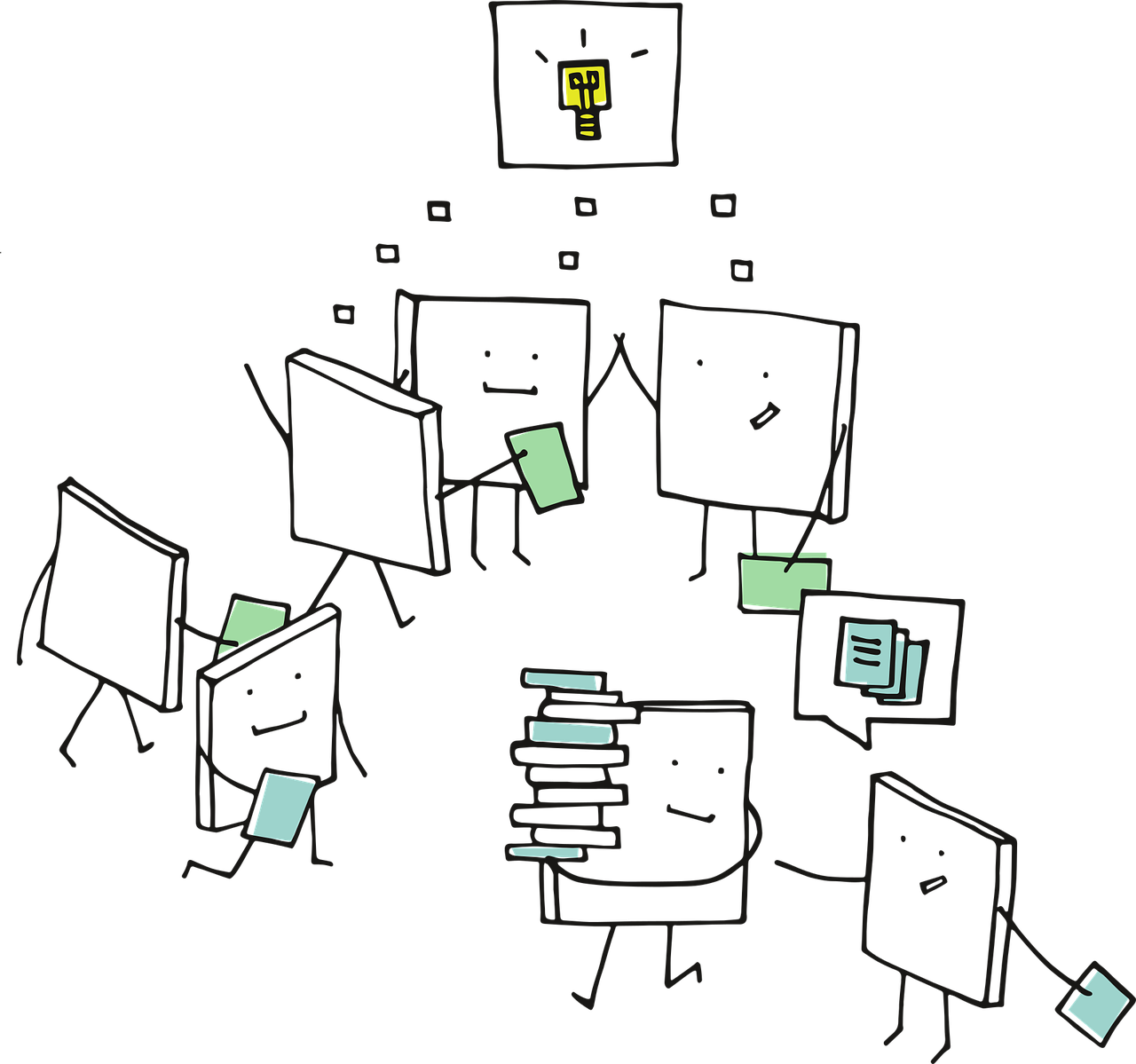
Interviewing students in class to build community while providing engaging and compelling input.
Image by Freepik
Special
Person Interviews are the very definition
of student-centered learning. In this ongoing classroom interview strategy, the teacher focuses on the students and ask them questions about their
lives, their interests, and their goals. This strategy works with all levels and all ages. This strategy is also known as Star of the Day.
The teacher selects a volunteer to come to the front of the room. Then, the teacher starts to interview the student about their life and their interests– entirely in the target language. They ask a question, then a follow-up question. The teacher "reports back" to the class and verifies information with the interviewee, checks for understanding with the class, and may have students write notes about the interview, or complete a quiz about the interviewee.
Featured video: Watch Sarah Breckley as she shares tips and clips of Special Person Interviews in her Spanish High School classes.
by Cécile Lainé
Think through the goal of the strategy - to build community through finding common ground. Ask questions that will help students get to know one another and discover something they might have in common, something special about a classmate, a hidden talent, or celebrate something unique. Don't reinvent the wheel! There are so many slideshows & resources out there that exist of templates with great questions & graphics. Search the resources listed above to start!
Student interviews lend themselves to opportunities to get lots of repetitions in of high frequency verbs and structures! Moving too quickly through the questions or too slowly can lead to lack of comprehension or lackluster energy. Repeating back an answer to the class and "verifying" the information helps to reengage students who might have checked out for a moment. Also practicing the art of the follow-up question will keep things flowing naturally and convey your genuine interest.
Some teachers use Student Interviews for weeks at the start of the semester, and nothing else! Others use them as part of a daily routine in their class, no more than 10 or 15 minutes. If the energy isn't there, don't force it - try again another day, mix up your slides, come up with more compelling follow up questions! Or ask students to submit a photo of themselves doing something interesting and turn it into a Picture Talk / Student Interview!
Michele Whaley shared some great ideas in her presentation linked above. Keep a running document that will eventually include each student in the class and write those interviews down with the class. Add photos and create a class book for the students. Use student's interesting tidbits in co-created stories. Give quizzes or play kahoot. Have the students interview YOU!

Don't let that wonderful input go to waste! Co-create a text with your students to recap what they learned about their fellow students and use it as a comprehensible reading passage that you can use later to do more input-based activities. As you write, ask clarifying, yes/no, either/or questions as a way to check for comprehension and engage them in the writing process. Compare and contrast, write what is and what isn't .

Check for comprehension (aka formative assessment!) by getting your students moving. Ask yes/no or true/false questions based on the information discussed. If the answer is yes, students move (stand up, move to a new location, etc.) Ask a question with multiple options. Students move to a corner of the room that aligns with their chosen option. Play two lies and a truth - students move to vote with their feet which statement is true.
Using the write-up from write & discuss, do a quick quiz or written assessment. Students take out a piece of paper and answer true / false questions, either/or questions, or open-ended questions about the picture talk discussion. OR an "exit ticket" - students share one thing they learned about their fellow classmate.
Free-writes - Give students 5 minutes to write down anything they can, bullet format or full sentences, drawing pictures or illustrations, to demonstrate their comprehension and what they learned about their classmates.
There are so many ideas for assessment! For a better, more comprehensive deep dive into assessments for standards-based and proficiency-oriented language teaching, read Martina Bex's article on assessments for language classes and standards-based grading. Also Scott Benedict's articles on assessments and standards-based grading.


Have you done Special Person Interviews in your classroom? Do you have tips, resources, a story or video demonstration to share? Drop me a line!

